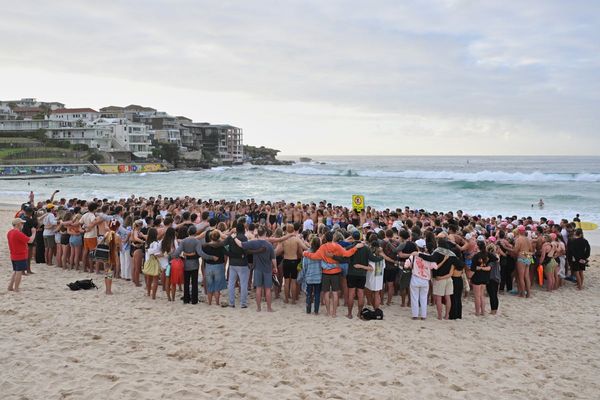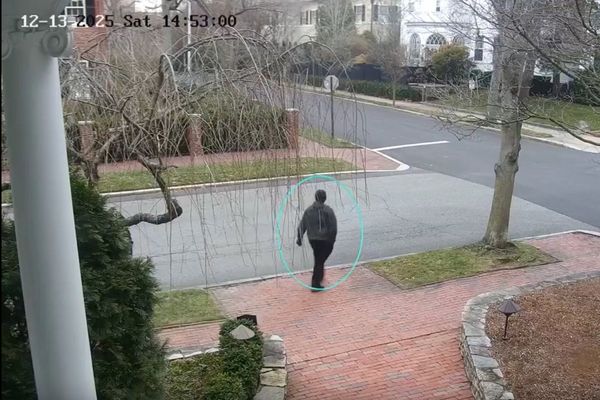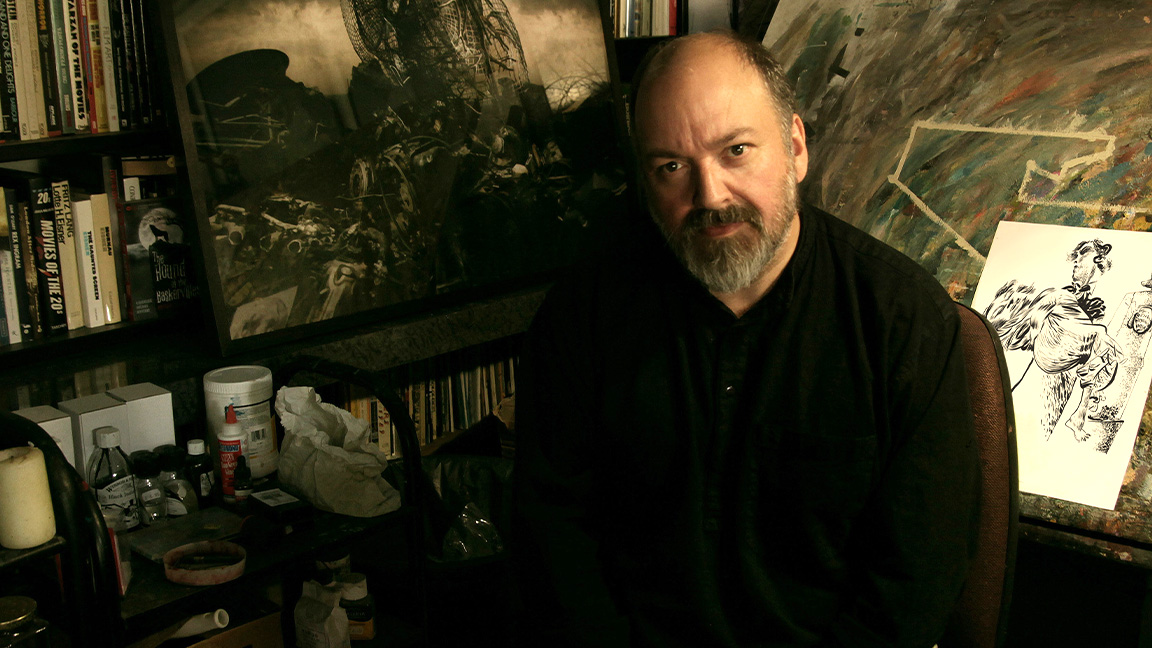
Like many, the first time I discovered Dave McKean's art was Arkham Asylum, the abstract, painterly, mixed media of this Batman graphic novel impressed upon a younger me how comic art can be more than spandex superheroes and clean lines.
I'd grown up on Dan Dare and 2000AD rather than Marvel, but even exposed to the art of Ian Gibson, Carlos Ezquerra and Simon Bisley couldn't really compare to the surreal, textural chaos of Dave McKean's art. He’s the kind of artist whose work you feel as much as you see.
Dave McKean will be joining other legendary comic artists and illustrators at this year's COMCON NAPOLI 2025, being held in the beautifully lively Italian city of Naples from 1 to 4 May – this ancient city is itself a cauldron of busyness that never sleeps, it feels like the perfect setting for Dave McKean.
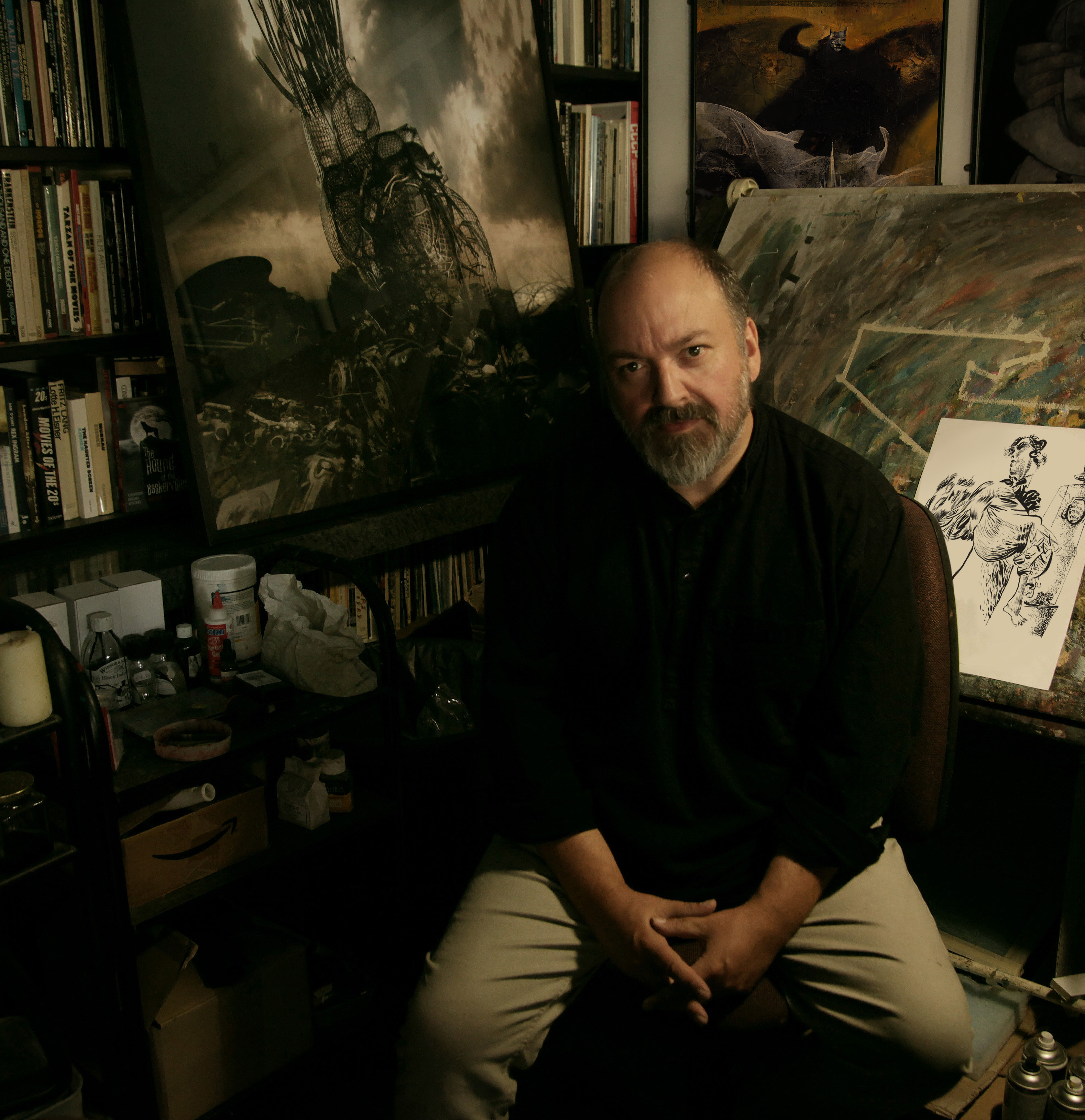
Developing an art style
Ahead of COMCON NAPOLI 2025 I get to interview Dave McKean, and to discover what still drives and influences him, revealing how his ideas collide in unexpected ways.
"I’ve tried to keep moving,” Dave says, when asked about the evolution of his style, that mixes traditional art paints, photography, Photoshop techniques and more. "I get bored easily, and I enjoy finding a visual tone of voice that feels appropriate for each story […] even for different scenes, moods, emotions within each narrative."
(For an insight, read our tutorial for how to create a painterly style using Photoshop.)
That hunger for variety has become a signature trait – his art is instantly recognisable, yet never predictable. "As I’ve got older, I’m clearer about what is important to me in a story," Dave adds. "Why I should spend a year or two on something, how it should be communicated."
It’s not just time that’s shaped Dave's trajectory and art, it’s the collaborations, too. I fully expect the artist to namecheck his comic writers but the stage has been a big influence.
"Working in theatre with Wildworks and Bill Mitchell changed the way I develop ideas completely," he says. "Working with actors taught me a lot about how people move in a space, and how that communicates their inner lives." That theatrical sensibility, the improvised, character-driven, deeply atmospheric feel for space permeates the artist's later work.
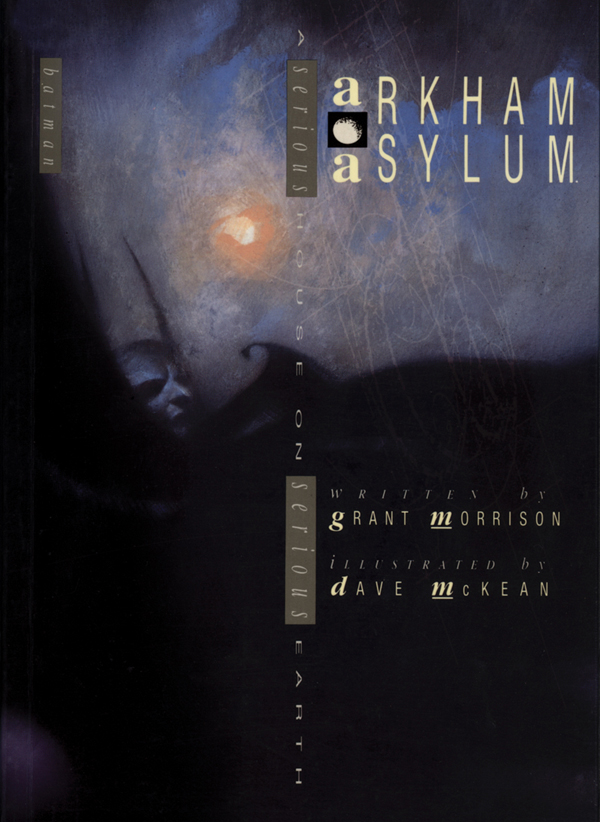
Influencing Dave McKean
Now, Dave's projects are as diverse and ambitious as ever. He’s currently deep in a collaboration with writer Robert Macfarlane and musician Johnny Flynn, weaving the myth of Gilgamesh into a story about the people who uncovered and translated it.
"We’re overlaying our own narratives and interpretations over the facts and geography of it all," he tells me. In another project, Dave is playing visual ping-pong with Spanish artist Jorge Gonzalez, no plot, no rules, just pure visual instinct. And then there’s the book of paintings inspired by silent cinema, a project he’s been nursing for fifteen years.
"I’m still uncovering films to explore and digging into the reason why those flickery old images got under my skin," he says. "They feel so much more mysterious and affecting to me than contemporary images."
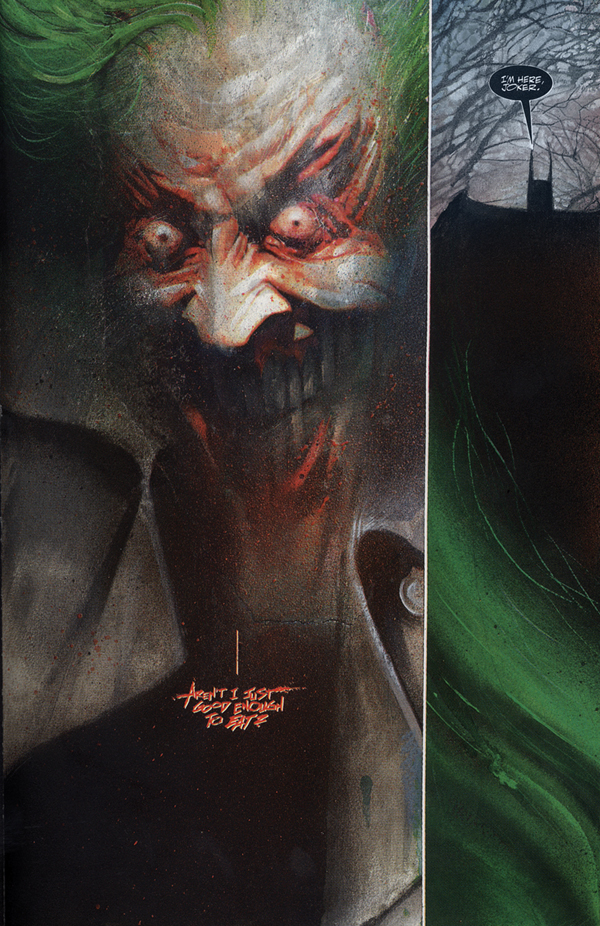
The tussle with technology
Dave has always been a visual alchemist, mixing drawing, photography, collage and digital trickery together, it's why Arkham Asylum jumped from the shelf all those years ago, but he approaches digital tools with a certain hesitance.
"All art materials were, at one time, new technology," he says. "But digital imagery can very quickly lose its personal touch […] the sense of the mind and hand behind the image." That human quality, messy, imperfect, emotionally resonant as it is, is central to everything Dave values in art.
Which is perhaps why he bristles at the idea of AI-generated art.
"It’s astounding how fast machine learning has come upon us," he says. "But we mustn’t forget that AI is not intelligent. It doesn’t understand anything. It just spits out an infinite amount of meaningless glossy baubles."
For Dave, and other artists I've interviewed, like Stanley Lau, the creative act is human at its core. "AI has no business in our creative lives," Dave says, with conviction. "This will affect everyone. We all test ourselves and grow up by using our human desire to be creative […] If all we need to do is watch passively as machines do all this for us, our minds will rot."
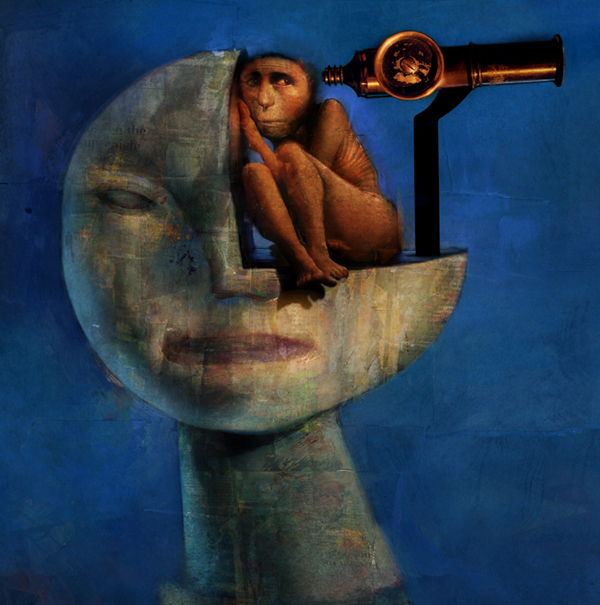
Telling human stories
That’s not just a warning, it’s a call to arms for emerging artists. "I no longer ask students how they’ve done something," he tells me. "I’m only interested in why they’ve done it. I think more than ever, we need to assert the essential nature of art, that is, empathy, the chance to see through another human’s eyes, to understand how we think and feel and the differences and similarities in the lives we lead."
He adds: "Anything that encourages the telling of personal stories, I’m in favour of, and that may be the only way to revolt against the soulless machines and their billionaire autocratic owners."
For an artist who has spent a career exploring new ways to tell stories in art, I ask Dave how he sees visual storytelling changing or adapting to the emergence of AI.
"Tech is all well and good, and can make for interesting and surprising new forms," he begins. "I think interactive media has barely been explored because we are obsessed with forcing it to be linear, when it’s obviously not – it’s exploratory. So the architecture may change, but the essential humanity in the centre of all this change will still need to connect with those stories and explorations, to understand, and feel something, hopefully something positive and life affirming."
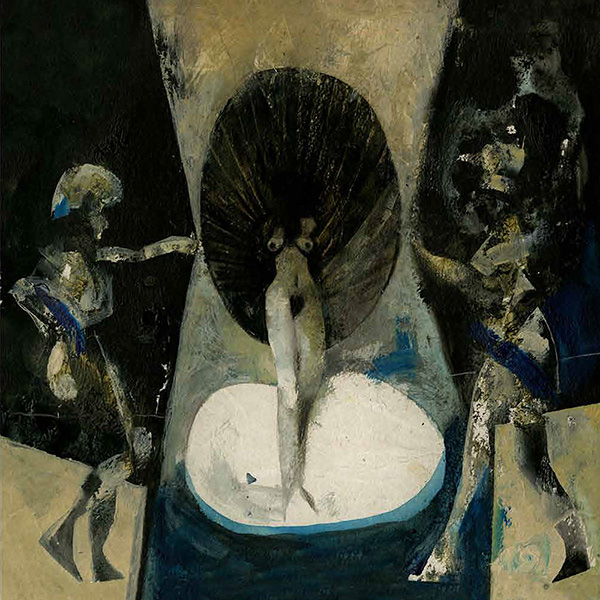
Visit the COMCON NAPOLI 2025 website for the latest news. Want to brush up your skills? Read our Procreate tutorials for advice and pick up the best digital art software to get started.

